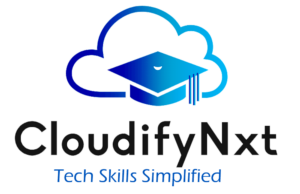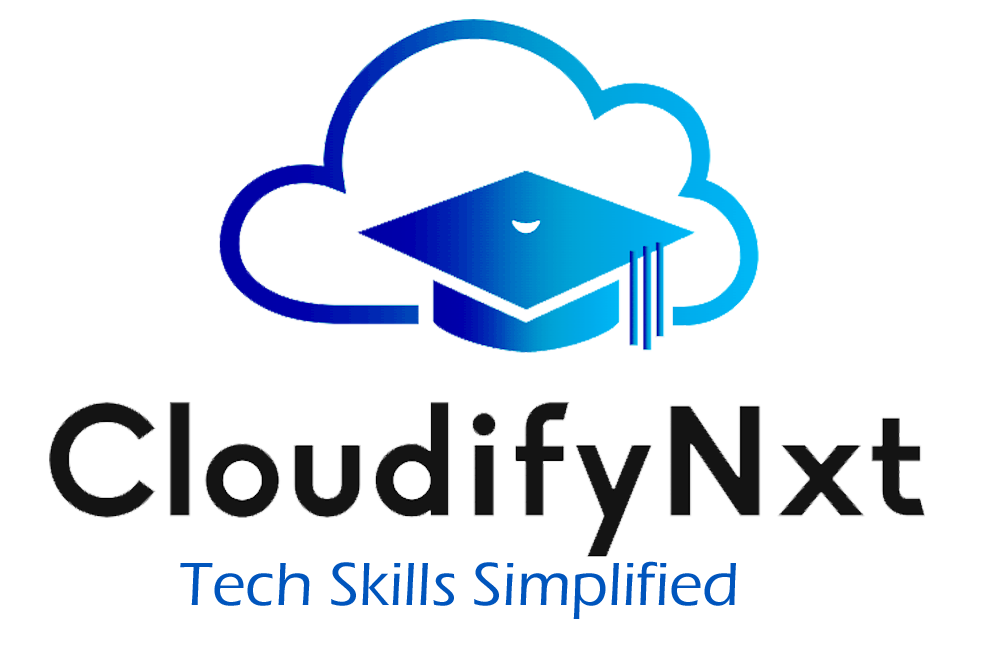
Data Science Project Ideas for Beginners and Freshers: A Complete Guide to Get Started in 2025
For anyone starting their journey in data science, practical experience is the key to mastering this highly sought-after skill. Whether you’re a fresher or a beginner, working on real-world projects helps bridge the gap between theory and application. If you are searching for simple data science project ideas for beginners or easy data science projects for freshers, this guide will walk you through actionable ideas that can enhance your learning and boost your portfolio.
In this blog, you will find beginner-friendly projects, essential tips, and the best practices to build your data science skills effectively.
Contents
Why Data Science Projects Are Crucial for Beginners and Freshers
Starting data science projects early on can:
-
Improve your practical understanding of data analysis and machine learning
-
Help you gain hands-on experience with popular tools like Python, Pandas, and Scikit-learn
-
Strengthen your resume by showcasing tangible skills
-
Prepare you for interviews and real-world challenges
-
Increase your chances of landing internships and entry-level jobs in data science
Many freshers struggle to demonstrate their capabilities without a strong portfolio. Working on projects ensures you can present real results, making you more attractive to recruiters.
Top Data Science Project Ideas for Beginners and Freshers in 2025
Here are some practical and beginner-friendly projects that are highly searched and effective for your data science learning journey:
-
Titanic Survival Prediction
Use the Titanic passenger data to build a model that predicts survival outcomes. This project introduces binary classification and feature engineering. -
Sales Data Forecasting
Analyze past sales trends and predict future sales using time series analysis with libraries like Prophet or ARIMA. -
Customer Segmentation with K-Means Clustering
Learn how to group customers based on purchasing behavior to aid marketing strategies. -
Spam Email Detection using NLP
Classify emails into spam or non-spam using text mining and natural language processing techniques. -
Stock Price Prediction
Build regression models or use LSTM neural networks to forecast stock prices based on historical data. -
Movie Recommendation System
Develop a collaborative filtering-based recommendation system that suggests movies based on user preferences. -
Social Media Sentiment Analysis
Analyze Twitter or Facebook data to gauge public sentiment on various topics or brands. -
House Price Prediction
Use regression algorithms to predict real estate prices based on features like location, size, and amenities. -
Loan Default Prediction
Identify the probability of loan defaults using customer demographic and financial data. -
Iris Species Classification
A classic beginner project to classify iris flowers using classification algorithms.
How to Approach Your First Data Science Project
Follow these essential steps to successfully complete your data science projects:
1. Understand the Problem Statement
Clarify what you want to achieve and the expected outcome of your project.
2. Collect and Prepare the Data
Source datasets from free repositories or public APIs. Clean the data by handling missing values, outliers, and incorrect entries.
3. Explore the Data
Perform Exploratory Data Analysis (EDA) using visualization tools like Matplotlib and Seaborn to uncover patterns.
4. Feature Engineering
Create new features or transform existing ones to improve your model’s predictive power.
5. Choose and Train Your Model
Select appropriate algorithms based on your problem type (classification, regression, clustering) and train your models.
6. Evaluate and Improve
Assess model performance using metrics like accuracy, precision, recall, or RMSE. Optimize the model through hyperparameter tuning.
7. Document Your Work
Write clear summaries, explain your approach, and share code on platforms like GitHub to build a professional portfolio.
Essential Tools and Technologies for Data Science Beginners
To successfully complete these projects, familiarize yourself with:
-
Python — The most popular programming language for data science
-
Jupyter Notebook — An interactive coding environment for running Python scripts
-
Pandas and NumPy — For data manipulation and numerical operations
-
Matplotlib and Seaborn — For creating insightful data visualizations
-
Scikit-learn — A powerful machine learning library for beginners
-
Google Colab — A free cloud platform for running notebooks without local setup
-
SQL — For querying structured data from databases
Tips for Maximizing Learning from Your Projects
-
Start Small: Pick projects with manageable datasets and clear objectives.
-
Practice Regularly: Consistency will improve your coding and analytical skills.
-
Engage with the Community: Join forums, online groups, and coding challenges.
-
Document Thoroughly: Keep notes, explain your methodology, and comment your code.
-
Share Your Work: Publish projects on GitHub or personal blogs to showcase your skills.
